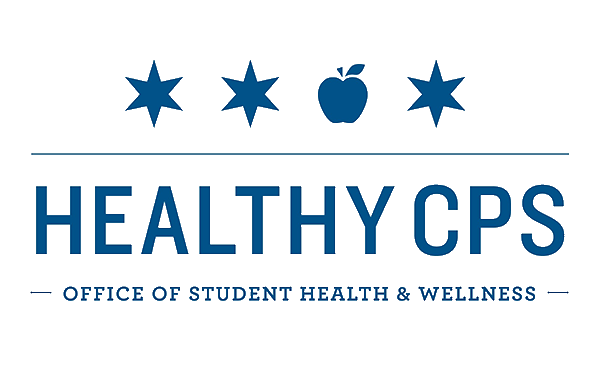Evaluation of Adolescent Health Promotion in Chicago Public Schools

Summary
This evaluation is designed to inform and enrich the implementation of sexual health policies, curriculum, and strategies in Chicago Public Schools (CPS). A collaborative effort between the Policy, Practice, and Prevention Research Center and CPS’ Office of Student Health and Wellness (OSHW) Sexual Health Team, this project is funded by the Centers for Disease Control and Prevention’s Division of Adolescent and School Health (DASH). Emphasizing collaboration among all partners, this evaluation is based on the exploration of CPS policies, curriculum, and services to support sexual health. We use evaluation findings to develop technical assistance, training, progress monitoring, and resources for students and staff. Key decisions about the evaluation questions, design, methods, analyses, and reporting are made in partnership with key stakeholders.
Overarching Evaluation Questions and Corresponding CPS Policies and Strategies
-
Effective Sexual Health Education
How do districts and schools provide effective sexual health education to students?
-
Access to Sexual Health Services
How do districts and schools provide access to key sexual health services for students?
-
Safe and Supportive Environments
How do districts and schools provide safe and supportive environments for students?
Related CPS policies, services, and curriculum
Key features
Our Team
| Principal Investigator | Elizabeth Jarpe-Ratner, PhD, MPH, MST |
| Co Investigator | Steven Seweryn, EdD, MPH |
| Research Assistant | Kristen Belcher, MPH, Phd(c) |
View Resources Related to this Project
Funding
This webpage was supported by grant number 5 NU87PS004162-05-00 and funded by the Centers for Disease Control and Prevention. Its contents are solely the responsibility of the authors and do not necessarily represent the official views of the Centers for Disease Control and Prevention or the Department of Health and Human Services.

